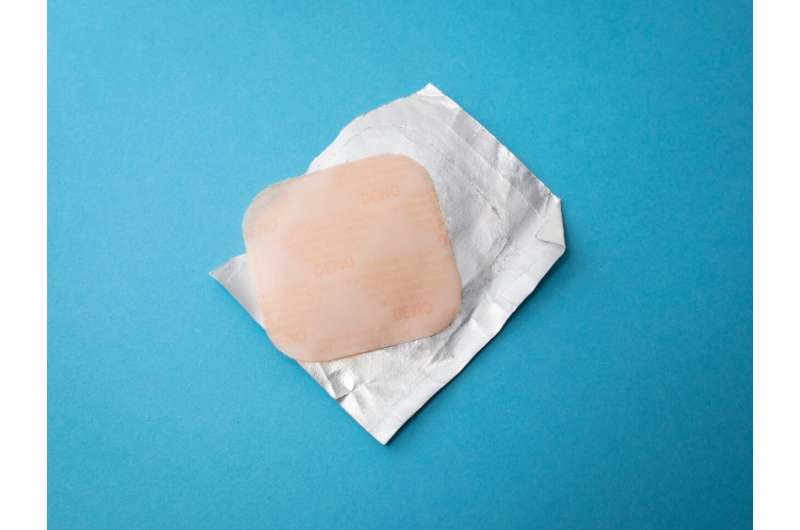Understanding the Decline of Alcohol Consumption in the U.S.: Insights from a Beer Historian

Americans are drinking less than in decades, influenced by health campaigns, social media, and cultural shifts, prompting a reevaluation of social interactions without alcohol.
Recent data shows a significant shift in drinking habits among Americans, with only 54% of adults reporting alcohol consumption—a figure that marks the lowest in nearly 90 years. This decline is part of a broader trend across generations and may be attributed to multiple factors. Malcolm Purinton, a history professor specializing in beer, explains some of these reasons.
Public health initiatives have played a role, as campaigns emphasizing the health risks associated with alcohol have heightened awareness. Additionally, the wellness movement promotes healthier lifestyles, further discouraging excessive drinking. However, the most notable influence appears to be the aftermath of the COVID-19 pandemic. During the pandemic, alcohol consumption surged, but the experience for young adults was quite different from previous generations.
Traditionally, high school and college years serve as experimenting phases for alcohol, often involving social interactions. The pandemic disrupted these social settings, limiting opportunities for casual drinking and observing adults consuming alcohol in social contexts. Without these social cues, many young people have adopted different attitudes toward drinking.
Furthermore, cultural shifts have impacted how young people define themselves concerning alcohol. Once, craft beer symbolized individuality, a rebellion against mainstream brands like Budweiser. Now, as craft beer drinkers have become the next generation of parents, there is a movement toward not drinking at all or choosing alternative beverages. Personal expression increasingly involves control over intoxication levels, reflecting a change in social norms.
Social media also significantly influences drinking behaviors. The desire to maintain a controlled image, avoid embarrassing moments on camera, and be perceived positively discourages risky drinking. The pressure to seem in control in the digital age adds a new dimension to the decline.
Meanwhile, the alcohol industry is adapting to these changes by offering more non-alcoholic options, including mocktails and non-alcoholic beers, aiming to cater to the health-conscious and sober-minded consumers.
Looking ahead, there is potential for a cultural pendulum swing back toward alcohol consumption, especially if societal attitudes toward health and wellness shift. However, the current trend prompts a reevaluation of social interactions and what it means to connect without alcohol. As loneliness becomes more prevalent, alternative social activities like clubs and in-person gatherings are resurging.
The transformation in social habits might lead to increased social awkwardness or new ways of forming bonds. Education about these evolving social norms will be crucial as Americans navigate life in a landscape with less alcohol and more intentional socialization. Ultimately, these changes reflect a broader movement toward healthier living and self-awareness.
Source: https://medicalxpress.com/news/2025-08-people-beer-historian.html
Stay Updated with Mia's Feed
Get the latest health & wellness insights delivered straight to your inbox.
Related Articles
Impact of Diet and Exercise on Reducing Alcohol-Related Liver Damage
A groundbreaking study reveals that a healthy diet and regular physical activity significantly lower the risk of alcohol-related liver mortality, even among heavy drinkers, highlighting the power of lifestyle choices in liver health management.
Do Wellness Patches Really Work? How to Differentiate Between Effective and Ineffective Products
Discover how wellness patches work, their effectiveness, and tips to identify credible products. Learn the science behind skin delivery and what to watch for when choosing wellness patches.
Scientists Investigate Methods to Improve Sleep in a Warming World
Discover how scientists are exploring ways to improve sleep quality amid rising global temperatures and heat waves, emphasizing behavioral and environmental adaptations.
Pool Safety: Preventing Drowning Risks When Not Swimming
Learn effective safety measures to prevent drownings in residential pools, including fencing, supervision, and safety equipment, to protect children when it's not swimming time.



